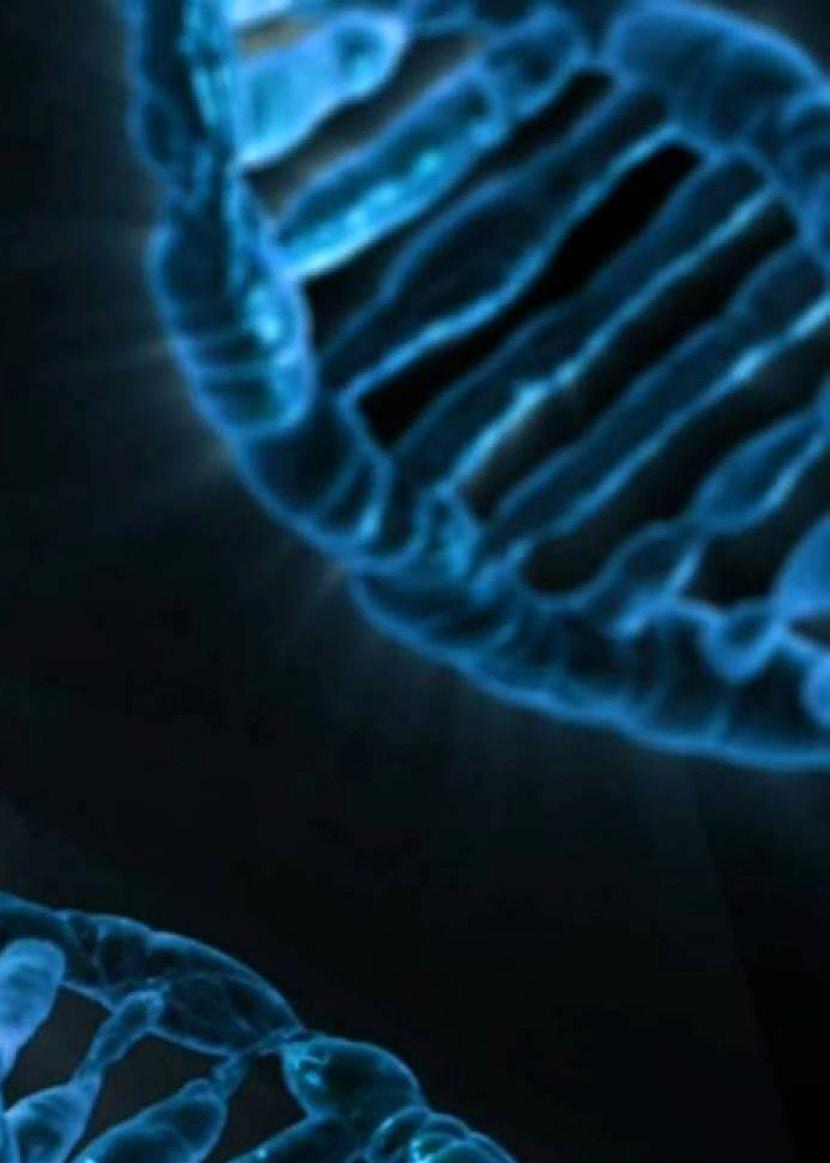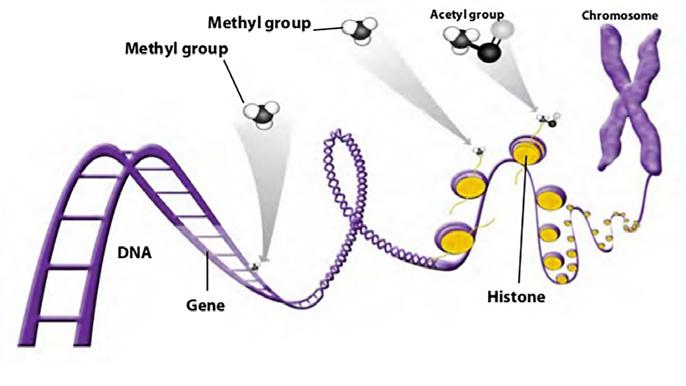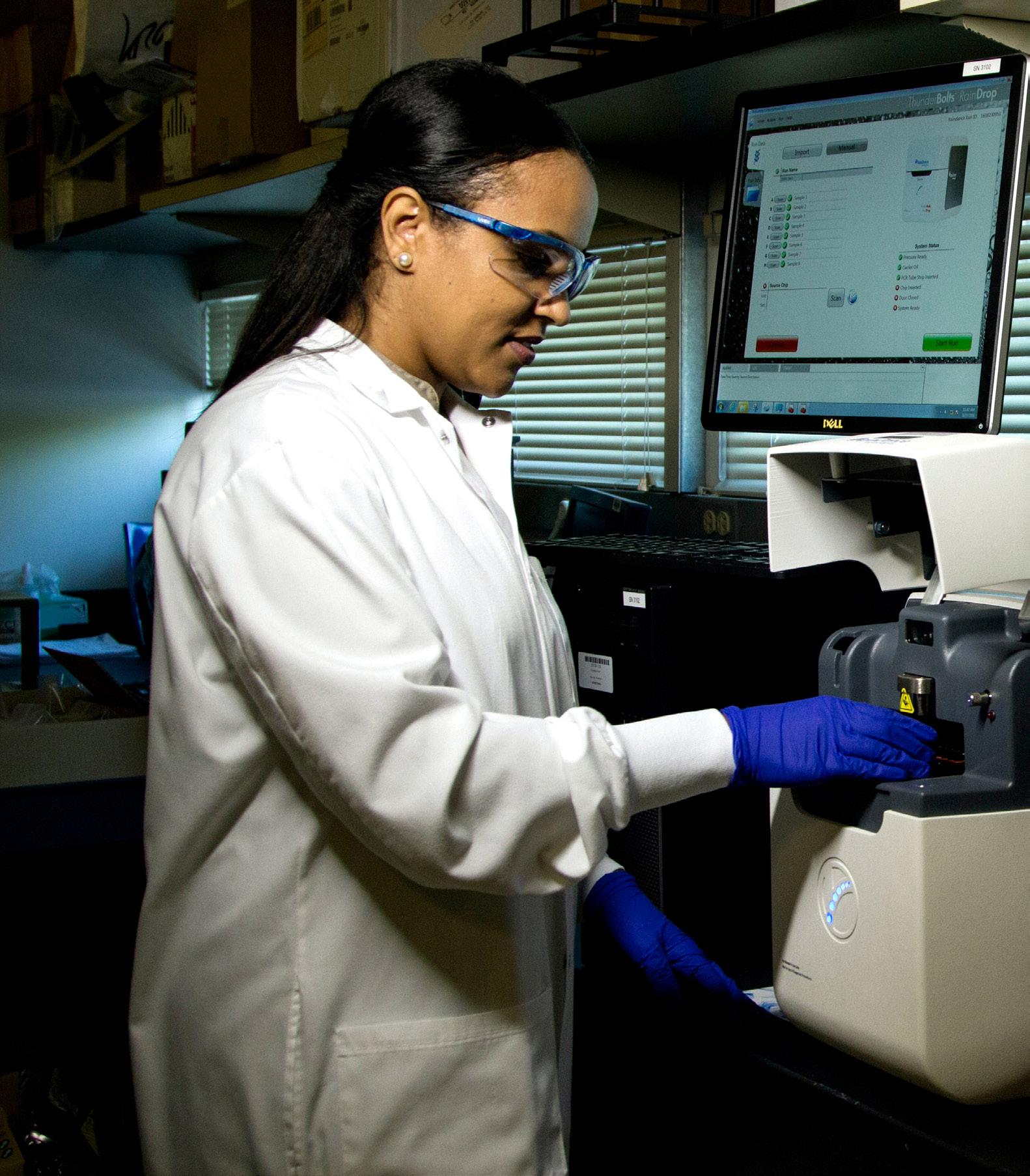
3 minute read
Why We Are Not Mirrors of our Genes: What Epigenetics is Teaching Us Isla Sligo-Young
Isla Sligo-Young YEAR 13
why we are not MIRRORS OF OUR GENES
WHAT EPIGENETICS IS TEACHING US
Epigenome
The term ‘Epigenetics’ was first used in the 1940s by Conrad Waddington to unite how organisms move from genes to an expressed characteristic. All human cells have the same genetic code, but can have a completely different appearance and function. Today, a leading researcher in epigenetics, Edith Heard, defines epigenetics as ‘any change that affects gene expression and that can be heritable through cell division and yet can be reversible and doesn’t change the DNA sequence’; such changes can result from stress, diet and smoking, among other causes.
In reading this definition you may have questioned how these factors could affect the gene expression, while not changing the genome itself. This is where the epigenome comes in, which is how the DNA is wrapped around proteins in the nucleus called histones. Both the DNA and histones are covered with chemical tags, that make it easier or harder for transcriptional factors to bind to promoter regions of particular genes on the DNA. Where the transcriptional factors bind determines which genes will be transcribed and therefore which proteins are produced and expressed. These chemical tags include methyl groups that attach directly to the DNA and block the transcriptional factors from binding. Conversely, negatively charged acetyl groups can attach to the histones, which are repelled by the phosphate groups on DNA. Overall, this decreases how tightly the DNA is wound around the histones, making it easier for transcriptional factors to bind. Before any external environmental factors influence the epigenome, the amount of acetylation and methylation fluctuates in the development of a cell. After an embryonic stem cell begins to differentiate, there will be a decreased acetylation and an increased methylation, so that fewer genes are being transcribed.

EPIGENETICS CAN BE USED TO ANSWER MORE QUESTIONS ABOUT EVOLUTION AND THE EFFECTS OF NUTRITION, FOR EXAMPLE.
Epigenome Process

However, the influence of the epigenome does not stop when cells are fully differentiated, but can continue to be altered and change throughout the whole of our lives. The influence of the epigenome on the health of an individual is difficult to study, as it is hard to clearly distinguish between genome and epigenome effect. However, this relationship can be seen in the development of cancer, which begins with a mutation in the DNA sequence; but the cell may also have an abnormal epigenome, where there may be either too little methylation, resulting in the activation of genes that promote cell growth and more unstable chromosomes more susceptible to mutations. Or there may be too much methylation, leading to a decrease in the transcription of tumour suppressor genes, so cancers are more likely to develop.
Environmental factors such as stress may not only alter a pregnant woman’s epigenome, but could also alter the epigenome of her foetus (and, if this foetus is female, the epigenome of all of her egg cells too, resulting in a change in the epigenome of three generations). Therefore, when looking at epigenetic inheritance the change must be found in the fourth generation. This makes proving the inheritability of the epigenome very difficult because researchers would need to be sure there were no mutations between these 4 generations. It would also take a long time to study these 4 separate generations and, even if part of the epigenome was inherited, this could be reversed by environmental factors in the life of one of the offspring.
Overall, epigenetics can be used to explain why we are not mirrors of our genes, but also answer more questions about evolution, the effect of nutrition, what influences the epigenome and how.










